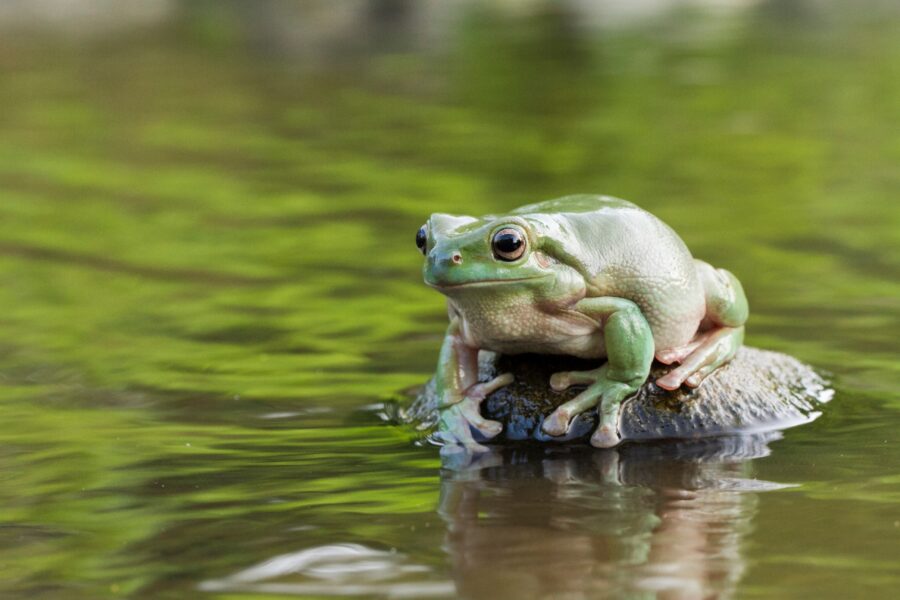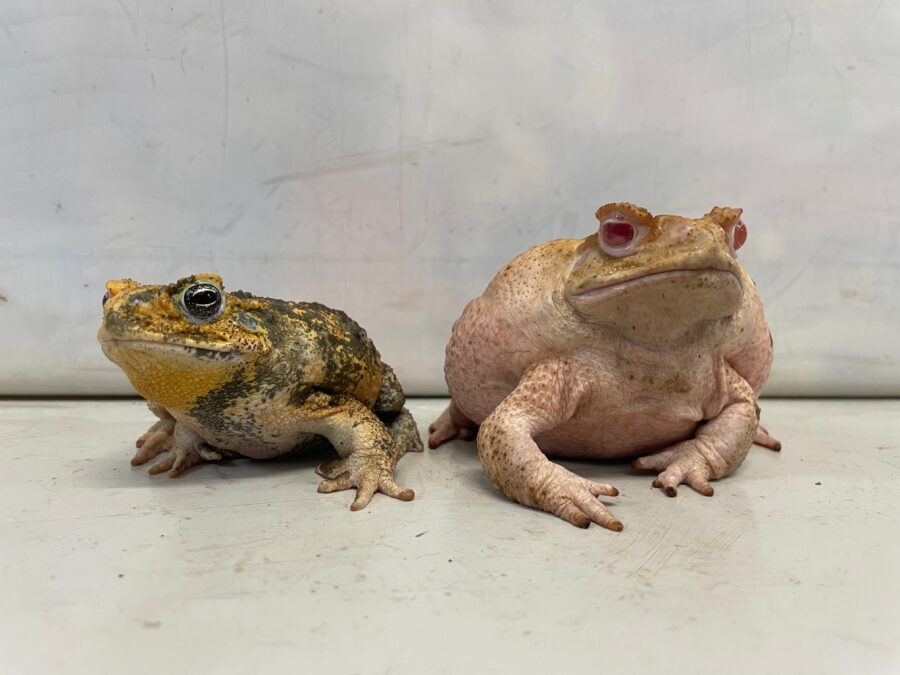Flowers can hear bees, new research suggests

FLOWERS CAN hear and respond to the sound of buzzing bees, which spurs them to produce a more sugary nectar, new research has found.
The findings from the study, recently published in bioRxiv, have the potential to change our understanding of the role of sound in the life cycle of flowers.
Evolutionary theoretician Lilach Hadany from Tel Aviv University tested her theory using evening primroses (Oenothera drummondii), exposing them to the playback sound of buzzing bees and sounds of a similar frequency.
The primroses responded within three minutes to the playback sound of buzzing bees, increasing their sugar concentration by up to 20 per cent.
“Our results document for the first time that plants can rapidly respond to pollinator sounds in an ecologically relevant way,” the paper read.
Field observations revealed that a pollinator was nine times more likely to be near the plant if another pollinator had been close to the plant in the preceding six minutes, suggesting that pollinators are attuned to the rewards of the buzzing.
Using laser vibrometry (which makes non-contact vibration measurements of a surface), the researchers also revealed the importance of the flower itself to this process.
Bowl-shaped like a satellite dish, the flower increased the vibration further, which led the researchers to argue that the flower had a similar function to ears. “Flower shape may be selected for its effect on hearing ability,” they concluded.
The primrose is just one example of a rapid response to pollinator sounds, but whether or not this applies to other flowers is yet to be discovered.
The researchers are particularly keen to understand whether they respond to the sound of other animals and even weather conditions.




